
Spring is around the corner, and your garden deserves a fresh start. But who says you need to break your back to make it bloom? With these simple, effective tips, you can revive your outdoor space effortlessly. Let’s discuss 20 easy ways to get your garden thriving.
Clean Up The Debris
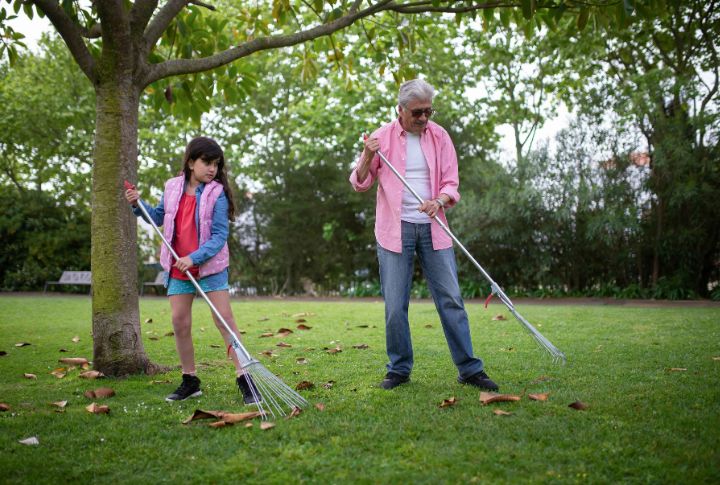
Winter leaves behind a mess. Grab a rake and clear out dead leaves, fallen branches, and old mulch. This quick cleanup creates space for new growth and keeps pests at bay. Don’t overthink it. Just a little tidying up makes a big difference in getting your garden in shape.
Assess The Soil
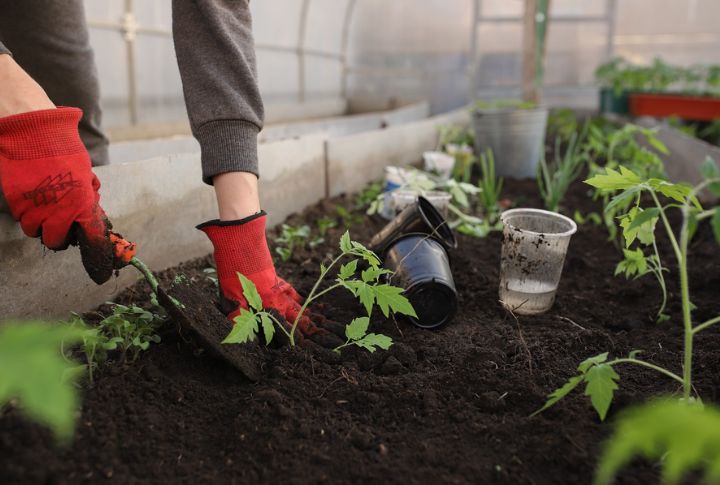
Healthy soil leads to a vibrant garden, so stick a trowel in and check for compacted earth. If it feels tough, loosen it with a garden fork. Add fresh compost or organic matter to restore nutrients. Your plants will grow stronger roots and yield better blooms.
Prune Dead Branches

Snip, snip! Those overgrown, lifeless branches need to go. Grab your shears and trim them away to encourage healthy growth. Be strategic and focus on damaged or crossing branches to allow sunlight and airflow. A few careful cuts now lead to a lush, thriving garden later.
Refresh The Mulch
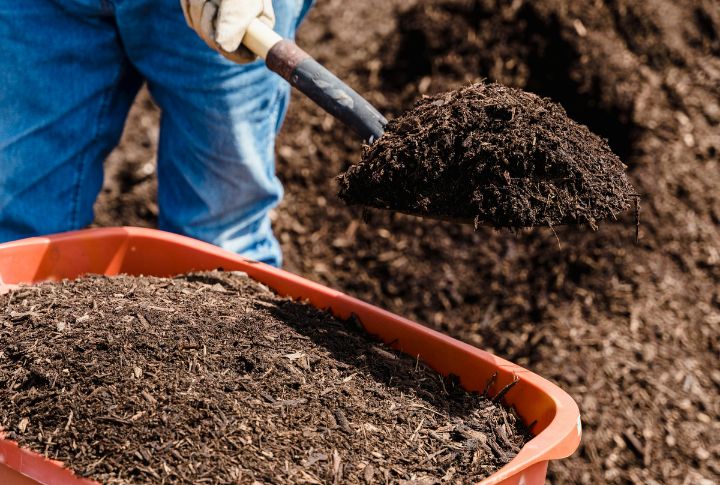
A fresh layer of mulch does wonders. Spread an inch or two around plants to block weeds, conserve moisture, and stabilize soil temperature. Choose organic mulch like bark or straw for extra nutrients. Not only does it boost plant health, but it also gives your garden a polished look.
Check Your Tools
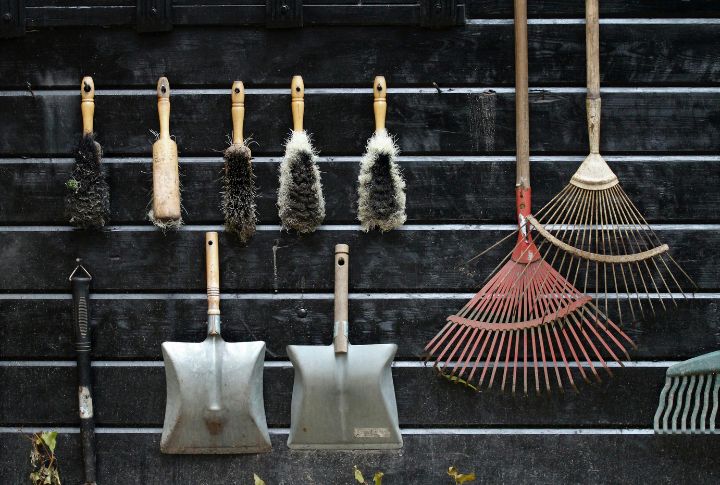
Sharp tools make light work. Inspect your shears and shovels for rust or dull edges. A quick sharpening and oiling keep them in top shape. Well-maintained tools make gardening easier and prevent plant damage from jagged cuts.
Test Your Watering System
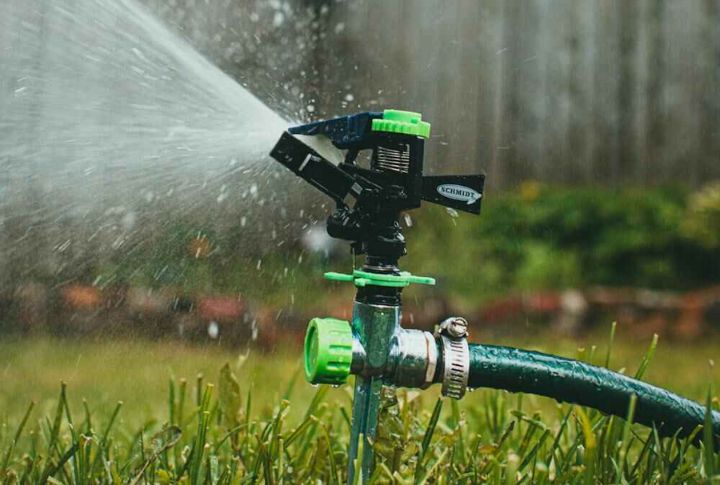
Before the growing season kicks in, turn on your irrigation system. Look for leaks, clogged drippers, or broken sprinklers. Fixing these early ensures your plants get the hydration they need without wasting water. A well-functioning system saves effort and keeps your garden thriving.
Start Seeds Indoors
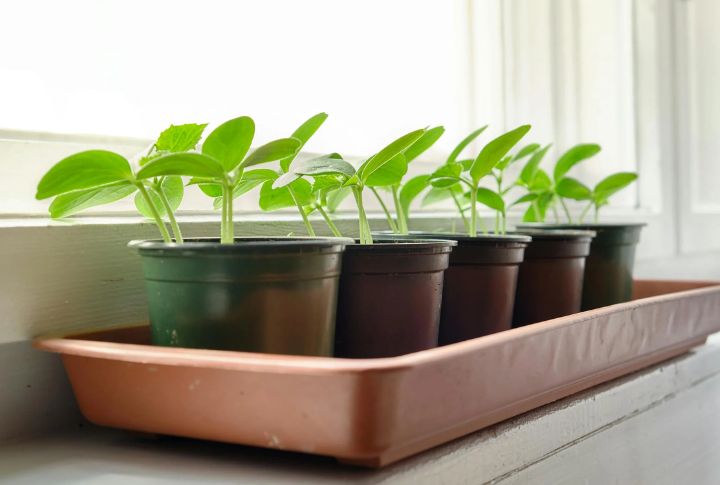
Indoor seed planting is a great way to jump-start the gardening season. Fast-growing vegetables and flowers grow best in small containers with nutrient-rich soil. After a few weeks by a sunny window, the seedlings will be strong and ready to transplant into the garden.
Edge The Garden Beds
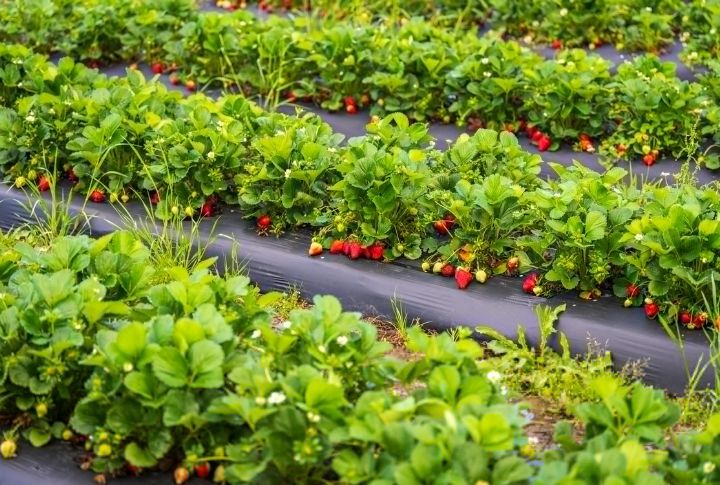
A crisp border makes a garden look polished. Use a spade to redefine bed edges, removing overgrown grass or stray weeds. This simple task enhances the layout and prevents invasive plants from creeping into your flower or veggie beds.
Weed Strategically

Early weed removal is important to stop them from taking over. Softened soil after a light rain makes it easier to pull weeds and remove their roots, stopping regrowth. A layer of mulch afterward also helps discourage new weeds from sprouting.
Feed The Plants
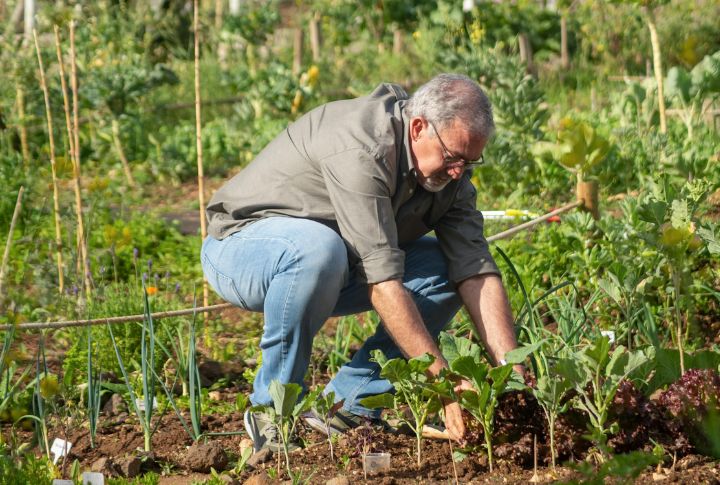
Nourished plants grow better. To replenish nutrients, apply a balanced organic fertilizer. Slow-release options work best, giving plants the boost they need over time. Feeding now sets the stage for stronger stems, vibrant blooms, and a productive season ahead.
Add Pollinator-Friendly Plants
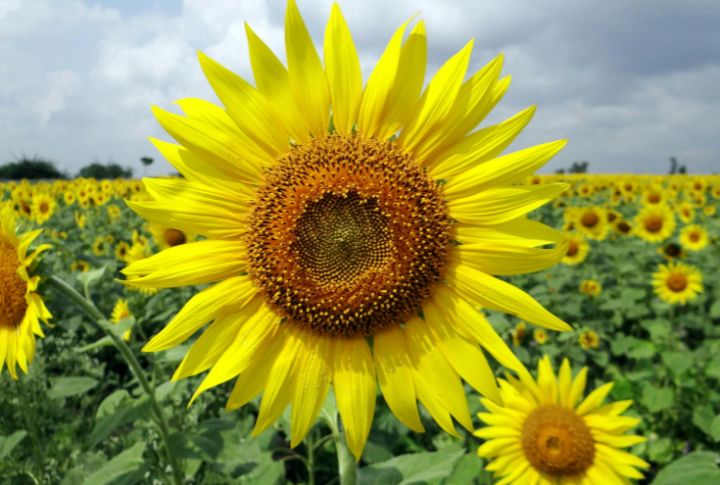
Bees and butterflies bring life to a garden. Choose nectar-rich flowers like lavender, coneflowers, or sunflowers. These attract pollinators, improving fruit and vegetable yields. A lively, buzzing garden is not only beautiful but also more productive.
Divide Perennials

Got overcrowded perennials? Uproot them and divide them into smaller parts. Replant them in new spots or share them with neighbors. This keeps plants healthy and encourages better blooms. Plus, you get to fill out your garden at no extra cost.
Install Supports Early
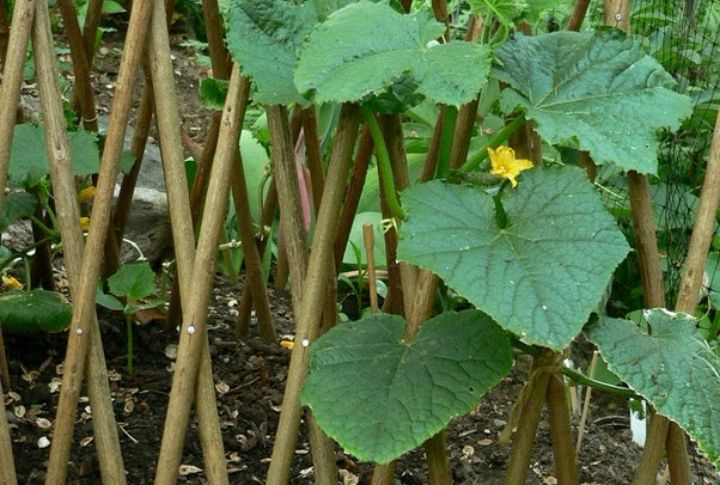
Set up trellises, stakes, or cages before plants start growing. Doing so will support climbing veggies and flowers and prevent root disturbance later. With sturdy structures in place early, plants will grow upward correctly and stay strong and healthy throughout the season.
Improve Drainage
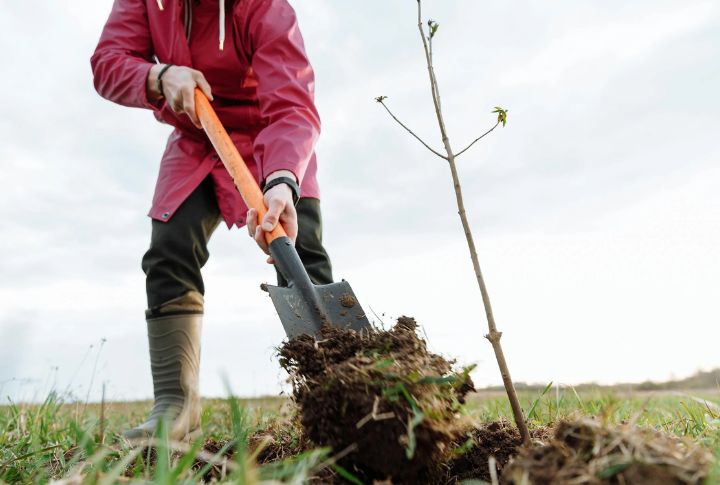
Standing water spells trouble. If you spot puddles after rain, aerate the soil with a fork or add organic matter like compost. For larger problem areas, consider installing a French drain or raised beds. Good drainage leads to healthier roots.
Rotate Crops
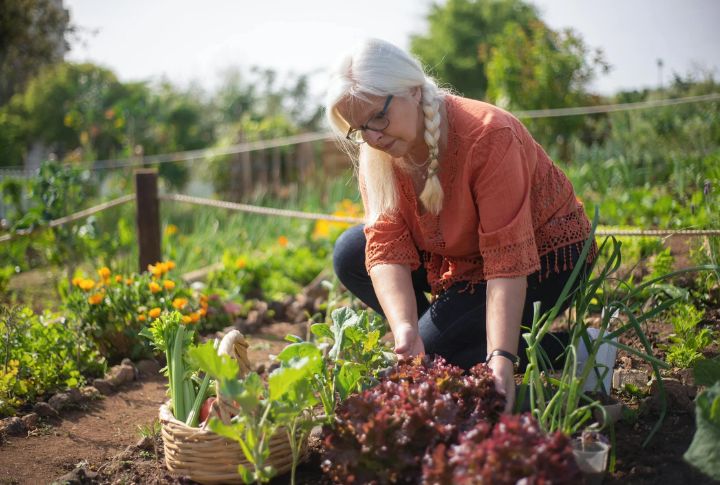
Avoid planting the same veggies in the same spot year after year. Rotating crops reduces soil depletion and deters pests. Plan a simple rotation—move tomatoes where beans grew, switch leafy greens with root vegetables, and so on.
Clean Bird Feeders And Baths

The health of your garden benefits from local wildlife. By cleaning bird feeders and baths with warm, soapy water, you can remove mold and bacteria. Moreover, fresh water attracts birds, aiding in natural pest control and pollination and promoting a vibrant and healthy garden.
Plant Cold-Hardy Flowers
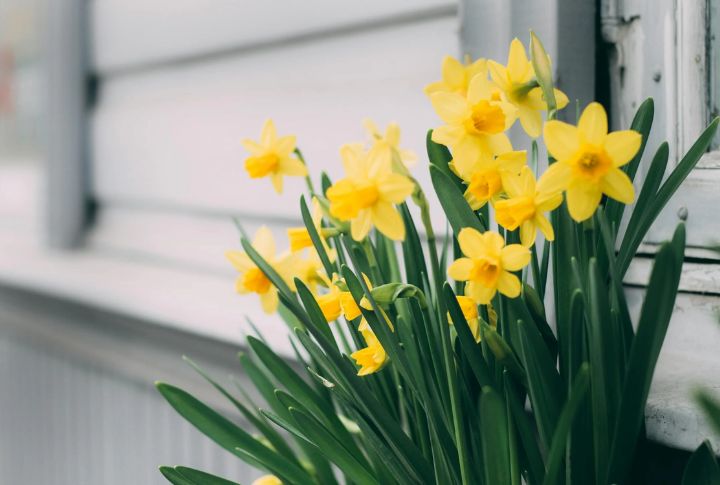
Brighten your garden early as pansies, daffodils, and violas flourish in cool weather. Plant them now for vibrant blooms that welcome spring. These hardy flowers add instant charm and color, ensuring your garden wakes up beautifully as the season unfolds.
Compost Like A Pro
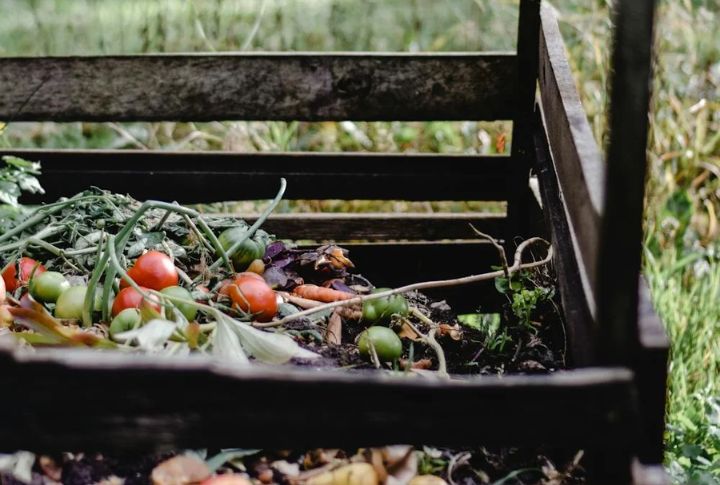
You can make food scraps and yard clippings, which are nutrient-rich compost for your garden. Layer greens (food scraps) and browns (dry leaves, twigs) for a balanced mix. Regularly turning the pile speeds up decomposition. By spring, you’ll have rich compost ready to feed your plants.
Check Your Garden Fencing
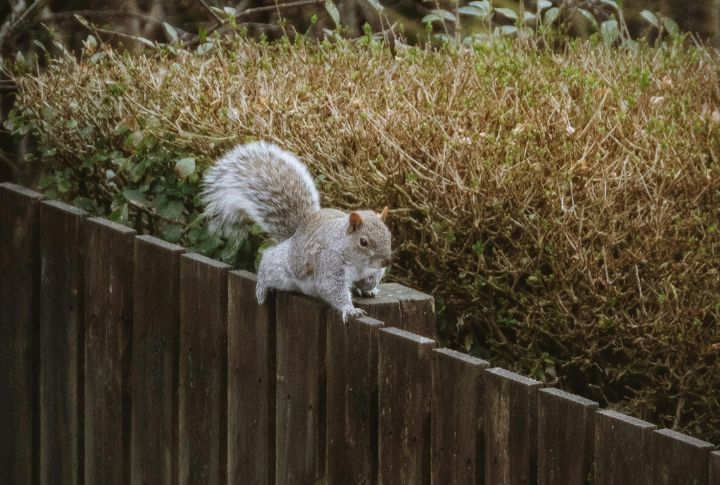
Ensure your garden’s fencing is intact and secure. Spring brings new growth, and you don’t want animals getting into your freshly planted beds. Check for loose boards, gaps, or signs of wear. A quick repair now will prevent bigger problems later in the season.
Create A Garden Plan

Before you plant, sketch out a layout for your garden. Consider the sunlight patterns, space requirements, and plant companions. This simple plan ensures that you’re making the most of your space and avoids overcrowding. It also helps with crop rotation and seasonal changes.

